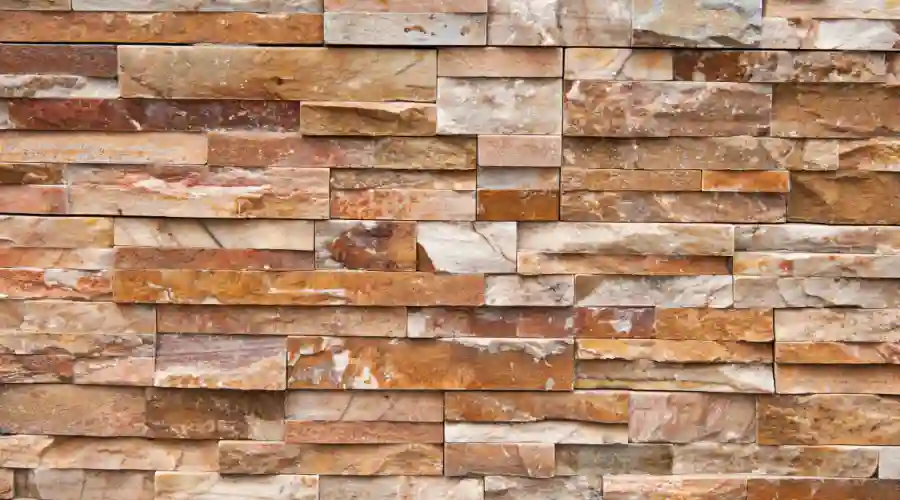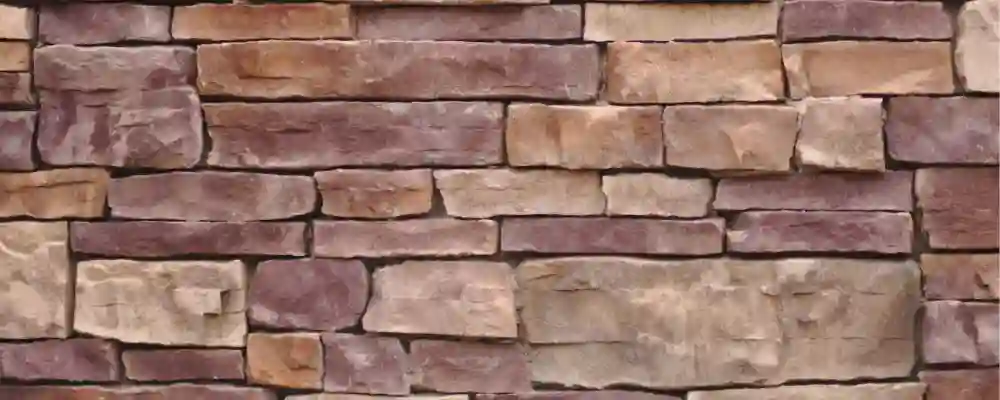You might be a homeowner or a designer; just imagine a space with a warm and inviting atmosphere. It sounds great, right? While coming to transform your construction, there are a lot of options to explore. But it is important to consider certain significant aspects like quality, price, and possible design ideas. If those are aligned with your needs, it can be your go-to choice.
One of the best options is veneer brick walls. It creates something unexpected in a space, but it is sure to be beyond your expectations. When compared to others, this is a unique construction technique used to have an elegant and natural environment. The wall surface seems fresh and timeless with enhanced durability and longevity.
If you would like to learn more about this technique, continue your reading. This article covers its significance, cost, and design ideas.
What are Veneer Brick Walls

A veneer brick wall serves as a nonstructural cladding applied to an exterior wall with a thin layer of brick, usually made of clay or concrete, adhered to a wood or steel-framed structure using metal ties. It imparts a classic brick appearance, with resistance to weathering and some levels of thermal insulation without becoming part of the structural support of the building. A cavity ranging from 1 to 2 inches between the veneer and structural wall allows for drainage and ventilation of moisture.
Common sizes for brick include modular units (7 5⁄8″ × 2 1⁄4″ × 3 5⁄8″) and thin brick (½”–1″ thick). Types include clay, concrete, thin, and panelized veneer bricks. With durability, fire resistance, and low maintenance, installation is one of the most important aspects for avoiding water stress on the building. It is a much-loved choice for aesthetics and property value, as it often resembles double brickwork yet depends on internal framing for support.
Benefits of Veneer Brick Walls
There are several reasons to choose a veneer brick wall as a primary choice over others. It is suitable for commercial and residential projects because of these key advantages:
Timeless Appearance: Undoubtedly, the look of a construction project creates a lasting first impression. You have a lot of decorative options to choose from, but none can overcome the classic and traditional look of brick walls. It improves the overall aesthetic appeal of a building and creates visual interest for the customers or viewers.
Lower Maintenance: They are very low-maintenance. They do not require sealing or repainting and act as a tough outer shield or armour for your structure while lessening future upkeep. Kiln-firing renders them extremely durable, so they do not fade or suffer from moisture, pest, or rot damage.
Economical: People might confuse the significance of brick veneer and solid brick construction. But the choice of a veneer brick wall is quite economical in terms of installation and material cost compared to others materials.
Easy Installation: A brick wall is going to be an additional layer of security for a building, which needs professional installation and guidance. However, when compared to solid brick walls, they are easy to install and maintain the original look.
Lightweight: As stated earlier, veneer brick wall is a single-layer technique that reduces the overall weight and load on the building foundation. You don’t need extra structural support to balance the weight of a construction.
Installation Process of Veneer Brick Walls
Surface Preparation
For vertical applications, clean your surfaces, apply cement backer boards over drywall, and bond them with thin-set mortar. For external purposes, clean your surface, apply a water-resistive barrier (WRB), and staple down metal lath. For concrete or masonry surfaces, do not use lath and instead use a bonding agent.
Scratch-coat application
Mix your mortar and ideally trowel on a scratch coat ½ inch thick over the metal lath, scoring it with grooves for better bonding. Cure for a day.
Pattern Layout
Establish a level line using a horizontal chalk line. Next, lay down several dry rows on the floor to plan out your layout and minimize cuts.
Applying Mortar or Adhesive
For the mortar, spread ˃ to ˃2 1⁄4 inch layer on the back of each brick; for adhesive (inside application), apply in a zigzag across the brick back. When dry, this will bond the veneer onto the wall.
Setting Brick Veneer
Beginning at the wall’s bottom, press each brick into position. Use spacers for consistent joint spacing, checking for level as you go. Cut bricks to fit along edges or openings.
Grouting the Joints
After 24 hours, fill the joints with your mortar via a grout bag or pointing tool. Smooth over with a jointer tool and allow the mortar to become firm for 20-30 minutes.
Cleaning the Surface
Brush off excess mortar from the bricks and sponge off any stubborn bits. Do not over-wet the joints, as this may damage the mortar joints.
Cost of Veneer Brick Walls
Identifying the precise cost of a veneer brick wall is quite challenging. It often changes due to numerous factors like the type of brick, labour cost, location, project value, transportation, quality, material cost, and so on.
Beyond all of these, the cost will differ for every company due to their way of production methods. However, it roughly costs around Rs. 130 to 400 per square foot. If you are planning to install brick walls in your construction, it is essential to have a quotation from local contractors for accurate pricing.
Maintenance and Care for Veneer Brick Walls
Maintenance is a key concern of customers as well as designers. Here is some simple guidance provided to prolong the lifespan and aesthetic appeal of veneer brick walls.
- It is mandatory to conduct regular inspections, with which you can identify the cracks or damages early.
- Be cautious in harsh weather conditions to notice the signs of moisture intrusion over the joints.
- Use a mild detergent or soft-bristled brush to clean the dust, dirt, or other debris.
- Never test the brick with abrasive cleaners or harsh chemicals that can ruin the lifespan and look of the brick.
- Repair damaged mortar joints immediately to avoid expensive maintenance in the future.
- Often, clean the joints and apply fresh mortar to avoid water penetration.
- It is advisable to use a breathable masonry sealer; trapping moisture content may cause cracks or damage.
- Don’t place tree branches, plants, or vines near the veneer brick wall. The formation of mould growth or mildew can penetrate inside the mortar joints.
Veneer Brick Wall Design Ideas
While using a veneer brick wall in the interior spaces, you have a lot of design styles to try. Here are those:
Rustic Look: If you would like to create a warm and inviting atmosphere, pair the veneer brick wall with distressed furniture, wood beams, and natural fabrics. It creates a rough-hewn look that seems pleasant and attractive.
Industrial Style: Exposed brick walls excel in improving the industrial-style construction. If you are looking to add a raw and beautiful look, pair the bricks with concrete floors and metal accents.
Modern Look: Brick walls never fail to meet your modern demands. It adds a sleek and sophisticated look to your space while combining it with metallic accents, clean lines, and minimalist furniture.
Boho Look: If you are an art lover and wish to have an eclectic space appearance, then pair the veneer brick walls with plants, patterned textiles, and a mix of furniture.
Final Thoughts
In addition to the aesthetic appearance, veneer brick walls can add a charm and timeless character to your interior space. Whether you are planning to construct a home or workspace, consider this brick wall layer as your prior option. It adds a touch of elegance and beauty to the space and creates instant visual interest for the viewers.

